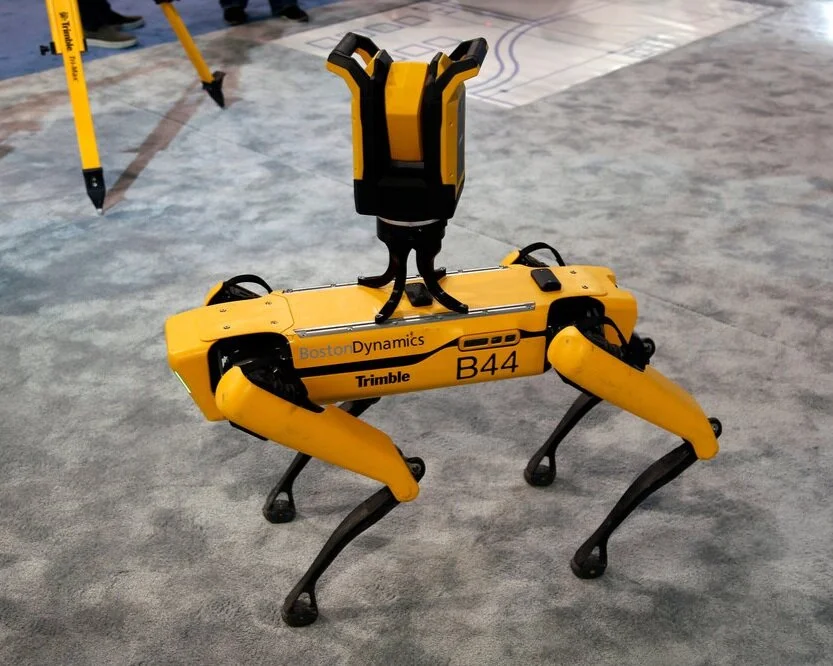PM Narendra Modi Purchases Defense Systems from Russia
/ASIA - Indian Prime Minister Modi addressed the U.S. Congress last Wednesday June 8th, marking his fourth visit to the United States since taking office. The state of India-U.S. relations as described by Republican Speaker of the House Paul Ryan is a “pillar of strength in an important region of the world." Prime Minister Modi has also recently met with Russian President Vladimir Putin, who emphasized the growing cooperation between India and Russia as he reiterates his support for “developing the privileged strategic partnership between India and Russia.”
India, the world’s largest arms importer, continues to purchase Russian arms in large and growing amounts. While policymakers in the United States stress over India’s recent growing appetite for Russian weapons, Russian officials disapprove of India’s defense deals with the United States and its allies such as Israel.
Historically, India had been a major purchaser of Soviet armaments. After the 1990s, however, India started to turn to the United States for arms imports. In the past 20 years, India has relied largely on the United States to supply it with arms.
This is not to say that the relationship between the two nations’ leadership have always been peachy. In 2005, members of the American Congress banned Prime Minister Modi from obtaining a visa to visit the United States based on his failure to stop the anti-Muslim attacks three years’ prior in the Indian state of Gujarat. Since then, American leaders and Prime Minister Modi have reconciled under President Obama’s administration. The shared interests of the United States and India included and still include maintaining maritime security in the India-Asia Pacific, such as maritime transportation of legal goods, as agreed during Secretary of Defense Ashton Carter’s visit with Indian Defense Minister Raksha Mantri this year in April. A major drive for cooperation to maintain maritime security has to do specifically with the territorial disputes in the South China Sea, which was called upon to reach a resolution by the United Nations Convention on the Law of the Sea (UNCLOS) under the “U.S.-India Joint Strategic Vision for the Asia-Pacific and Indian Ocean Region” agreement. As demonstrated in Prime Minister Modi’s meetings with President Obama, Congress, and Defense Secretary Ashton Carter, both India and the United States intend to cooperate on matters in the India-Asia Pacific.
However, India has also started to seek out Russian bilateral ties in an attempt to change its image as an American subordinate to a more complex player in international politics.
This is great for Russia’s defense exporters. As European nations that were traditionally reliant on Russia for defense are starting to develop their own arms or purchase more Western arms than Russian, the importance of Russia’s arms exports to Asia increases. An estimated 60 percent of all Russian arms exports are to Asia, with 39 percent going specifically to India. Last year in December, India purchased five Russian S-400 supersonic air defense systems, which estimated a cost of roughly 6 billion USD. India shares a great deal of Russia’s goals when it comes to counterterrorism. In past talks, both Modi and Putin were troubled by the security in and bordering around Afghanistan. Both leaders have also expressed support for the termination of terrorist ‘safe havens’ in Pakistan. On the other hand, Russia has also supplied Pakistan with Mi-35 Hind attack helicopters and Klimov RDP93 engines for the JF-17. Despite Prime Minister Modi’s calling Russia “a strong and reliable friend”, it remains to be seen if Russia will continue to provide Pakistan with armaments without requiring it to ban ‘safe havens’ for terrorists.
This is not to say that India has decreased its American defense purchases over the recent years. In 2004, India spent 200 million USD on American arms. In 2014, India spent 2 billion USD and it was during this year that India purchased more from the United States than Russia.
The business to export more weapons to India grows even more competitive with India’s plans to expand its own defense manufacturing and to spend 250 billion USD over the next ten years upgrading its military. Both the United States and Russia have expressed interests to contribute to the development of India’s domestic defense manufacturing. Recently, India has produced the 155mm Dhanush field artillery while it is currently working on the Vibrant-class aircraft carrier.
The United States is the world’s largest arms exporter, with Russia coming in second. The competition to export to India is not exclusively for the reasons of financial gain in the defense industry. Exporting arms leverages cooperation and the cooperation of a nation with a geopolitical advantage such as India will pave way for tactical gains in counter-terrorism and security in the Asia Pacific.
Contributing Journalist: @Helene_Serena
LinkedIn: Helen Huang













